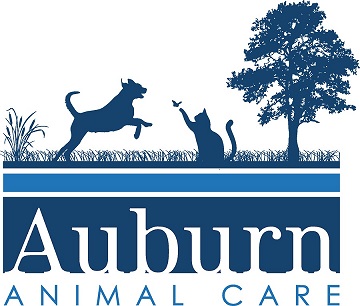Library
-
Miconazole topical is an antifungal used in the treatment of skin infections caused by yeast in cats and dogs. It may be used “off-label” or “extra label” for other conditions and in other animals. It may be specially compounded and/or combined into a formulation with other medications. Miconazole topical comes in a variety of forms.
-
Feline miliary dermatitis is a skin condition that typically results from an underlying allergic reaction, most commonly to fleabites. An affected cat will have a very itchy rash and may lick, bite, and scratch at the affected skin, quickly progressing to small lesions with scabs on them. The offending allergen must be removed for long-term resolution.
-
Mitral valve disease is often one of the earliest indicators of heart disease that could lead to heart failure. It is more common in small dogs than large breeds. This handout discusses mitral valve disease in dogs, a degeneration of the valve between the left atrium and left ventricle. The clinical signs, diagnosis, treatment, and the prognosis of this condition are outlined.
-
Many herding breeds (most commonly Collies and Australian Shepherds) have a mutation at the MDR1 gene that makes them more sensitive to the negative effects of certain medications. These drugs include several antiparasitic agents (when given at high doses), the antidiarrheal agent loperamide (Imodium®), and several anticancer drugs. The effects of the mutation vary in severity, depending on whether the dog carries one or two copies of the mutation. There is a cheek swab or a commercially-available test that assesses blood samples for the presence of the MDR1 mutation.
-
Muscle tears are direct or indirect traumatic injuries that cause damage to muscle tissue. The most common cause is an indirect injury or strain caused by overstretching during athletic activities, such as running or jumping. This handout discusses muscle tears in cats and reviews the causes of these injuries, the clinical signs, diagnostic testing, therapy, and expected prognosis.
-
Muscle tears are direct or indirect traumatic injuries that cause damage to muscle tissue. The most common cause is an indirect injury, or strain, caused by overstretching during athletic activities, such as running or jumping. This handout discusses muscle tears in dogs and reviews the causes of these injuries, the clinical signs, diagnostic testing, therapy, and expected prognosis.
-
This handout discusses muscular dystrophy (MD), primarily in dogs. The cause of the disease is a defect in the proteins found in muscle cells. It is often an inherited disease, usually affecting young dogs. Clinical signs (usually starting as muscle weakness) and diagnosis of the condition are outlined. There is no effective treatment for the condition.
-
Myasthenia gravis is a disease in which there is a malfunction in the transmission of signals between the nerves and muscles. Dogs with myasthenia gravis exhibit extreme weakness and excessive fatigue. There are two forms: inherited and acquired. Anti-acetylcholinesterase medication and immunosuppressive therapy will likely be required for the life of the dog.
-
A narcoleptic episode involves sudden collapse and loss of movement in which the pet literally falls asleep, often while physically active, then wakes up abruptly and proceeds as if nothing happened. Although you may not be able to stop the episodes, you may be able to reduce the frequency and severity of events by identifying possible patterns that precipitate the incidents.
-
Polyps are benign fleshy growths that originate from the cells lining a cat's nasal passages, leading to a variety of clinical signs such as sneezing, difficulty breathing, and recurrent ear infections. The various diagnostic tools and treatment approaches are explained in this handout.




